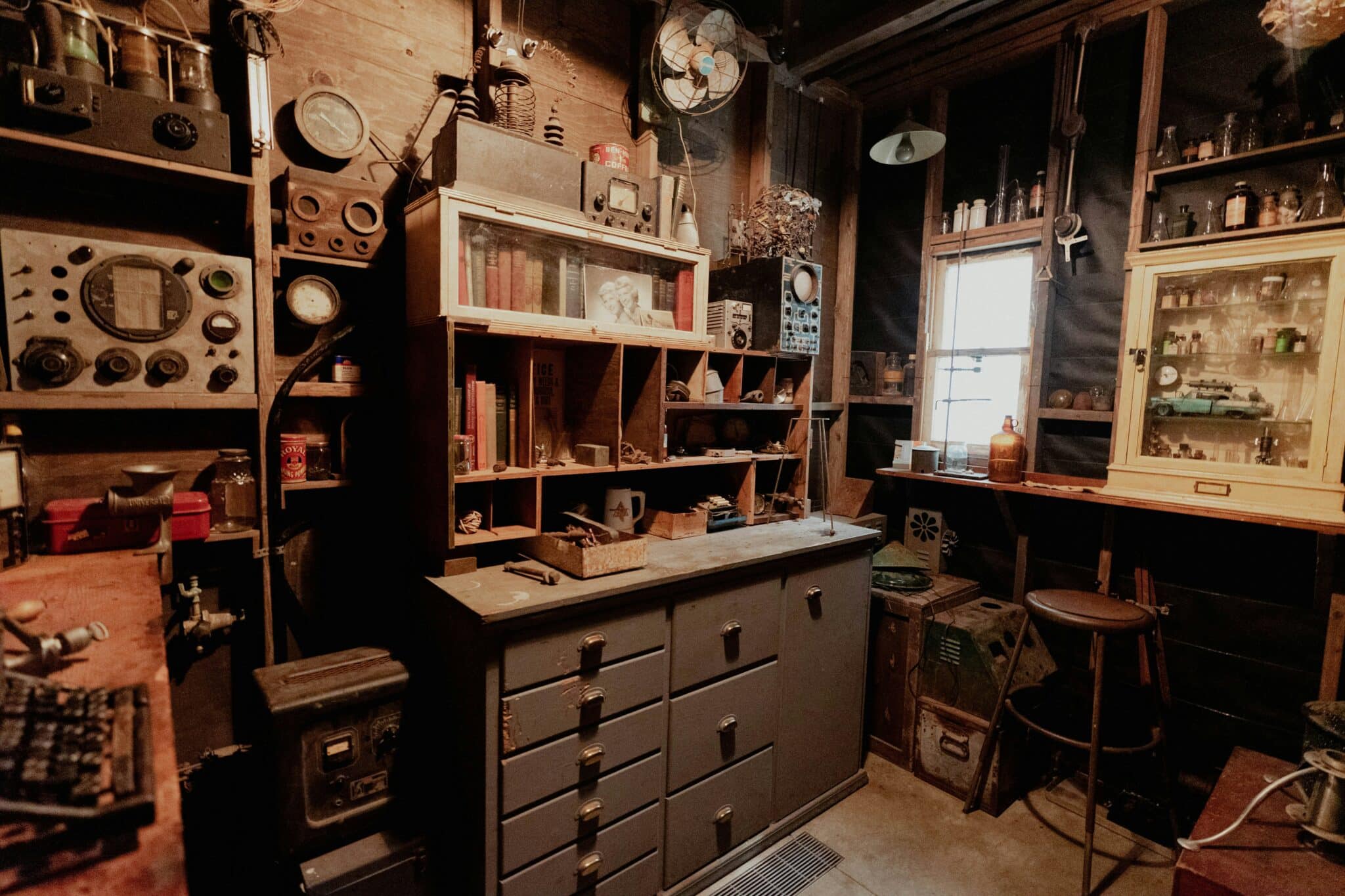When Is the Best Time to Hire a Professional Cabinetry Maker for a Kitchen Reno?
Nov 28, 2025


Key Takeaways
- Engage a cabinetry maker during the design phase for best results, especially for custom or complex kitchens
- Early involvement reduces risks, prevents costly mistakes, and helps coordinate with other trades
- Different renovation scenarios (full gut, cosmetic updates, new builds) have different ideal timing for cabinetry engagement
- Allow for appropriate lead times: 6-12 weeks for custom cabinetry in Australia is common
- Prepare specific information before your first consultation to maximise efficiency
When to Contact a Cabinetry Maker
Concept/Design Stage Bringing in a cabinetry specialist during the early design phase offers significant advantages. They can provide practical advice on layouts, clearances, and storage solutions that look beautiful and function well. They’ll help confirm appropriate appliance dimensions and workflow considerations before plans are finalised. This early consultation also gives you realistic expectations about lead times for custom elements, helping you plan your overall renovation timeline more accurately. After Rough-In But Before Cabinet Manufacture If you didn’t engage a cabinet maker during initial design, the next best timing is after rough-in plumbing and electrical work but before cabinet manufacturing begins. At this stage, accurate measurements can be taken, and appliance specifications can be confirmed, reducing the risk of expensive rework later. Your cabinet maker can coordinate with your plumber and electrician to ensure service points align perfectly with your cabinetry design. Late in the Build While not ideal, sometimes cabinet makers are brought in later in the renovation process. This might happen when budget adjustments require changes to the original plan or when final finish selections prompt a design rethink. The downside? You’ll likely face scheduling delays, potentially higher costs for rush work, and limitations on what customisations are possible within your timeframe.Signs You Need a Professional Cabinetmaker Early
Non-Standard Layouts or Custom Joinery Requirements If your kitchen has unusual dimensions, angled walls, or you’re planning custom features like a butler’s pantry or specialised storage solutions, early professional input is essential. These elements require precise planning that affects everything from material ordering to installation sequencing. Integrated Appliances and Specialised Hardware Kitchens featuring integrated refrigerators, dishwashers, or specialised hardware like pull-out systems and internal organisers benefit greatly from early cabinetry expertise. These elements require precise coordination during the design phase to ensure proper fit and function. Heritage Homes and Challenging Spaces Older Australian homes often present challenges like uneven walls, floors, and non-standard dimensions. Professional cabinetmakers need time to plan for these variables, possibly creating custom solutions that work with the unique character of your space. “The difference between a good kitchen and an exceptional kitchen often comes down to timing – bringing in cabinetry experts early enough to influence key decisions means your kitchen will not only look beautiful but function brilliantly for years to come.” – All CabinetryTiming in Common Renovation Scenarios
Full Gut Renovation For complete kitchen renovations, engage your cabinetmaker during design development but definitely before finalising the rough-in stage. This timing allows for integration of cabinetry requirements into the structural and service plans, preventing costly changes later. Cosmetic Facelift For projects focusing on new cabinet doors, hardware and benchtops, contact cabinetry professionals once you’ve settled on your design direction but allow extra time if you’re ordering custom doors or special materials. Even seemingly simple updates benefit from professional measurements and planning. New Build vs Renovation Differences New constructions typically allow for more precise planning but require close coordination with builder schedules. Lock in cabinet specifications early to prevent delays. Renovations, on the other hand, often reveal surprises once demolition begins, so build flexibility into your timeline and budget for potential adjustments.How Early Engagement Reduces Risk
Managing Lead Times Australian cabinetry projects face material lead times that can extend from weeks to months, particularly for imported hardware or specialty finishes. Early engagement allows these items to be ordered well in advance, preventing project delays. Reducing On-Site Changes When cabinetmakers are involved early, they identify potential issues before they become problems. This proactive approach minimises on-site adjustments, reducing both stress and additional costs during installation. More Accurate Cost Estimates Early planning provides more detailed and accurate cost projections. This transparency helps you make informed decisions about where to allocate your budget and prevents unpleasant financial surprises mid-project. What to Provide at Each Stage To make the most of your cabinetry consultation, prepare the following information based on your project stage:- Initial enquiry: Inspiration photos, rough plans, appliance list, budget range
- Design stage: Scaled plans, electrical and plumbing locations, material preferences
- Pre-production: Access to the site for measurements, sign-off on final drawings
- Installation: Cleared workspace, confirmed services, main point of contact
Typical Timelines for Australian Projects
Lead Times by Cabinet Type In the Australian market, expect these approximate lead times:- Stock components: 2-4 weeks
- Semi-custom cabinets: 4-8 weeks
- Fully custom designs: 6-12+ weeks









